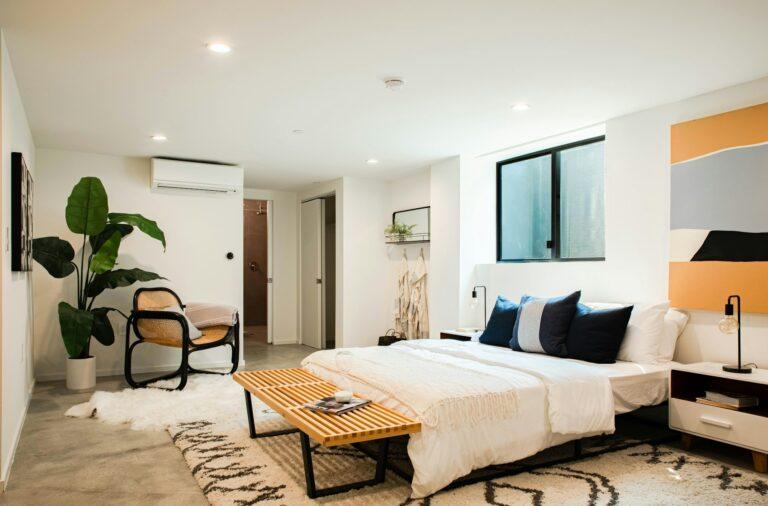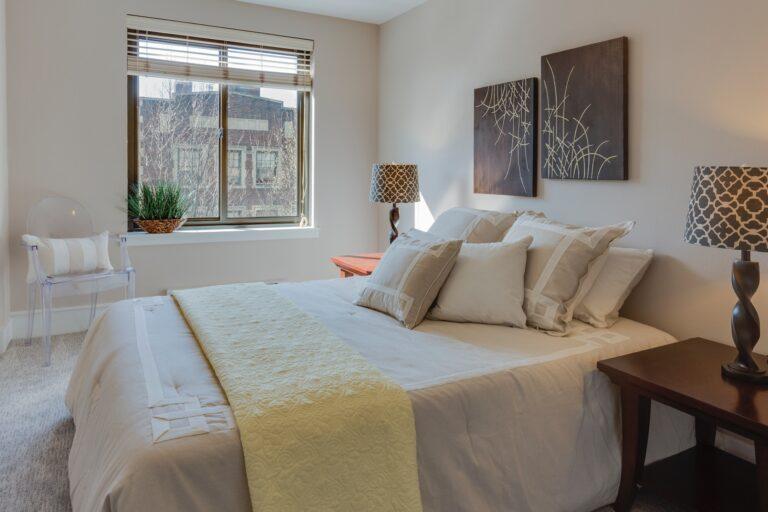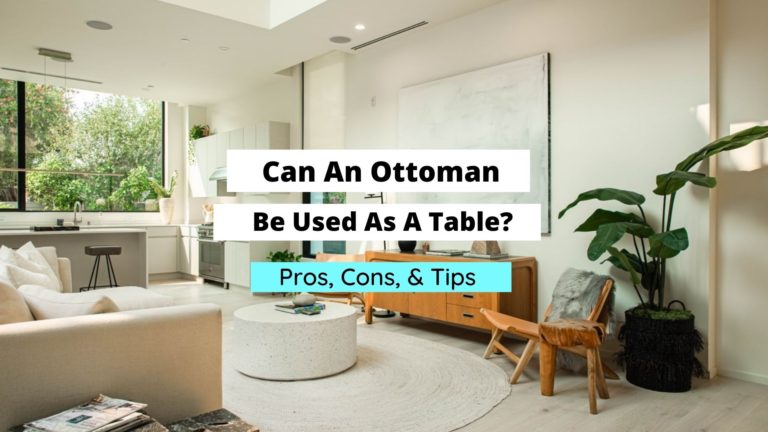How To Create A Meditation Room In Your Home With Limited Space
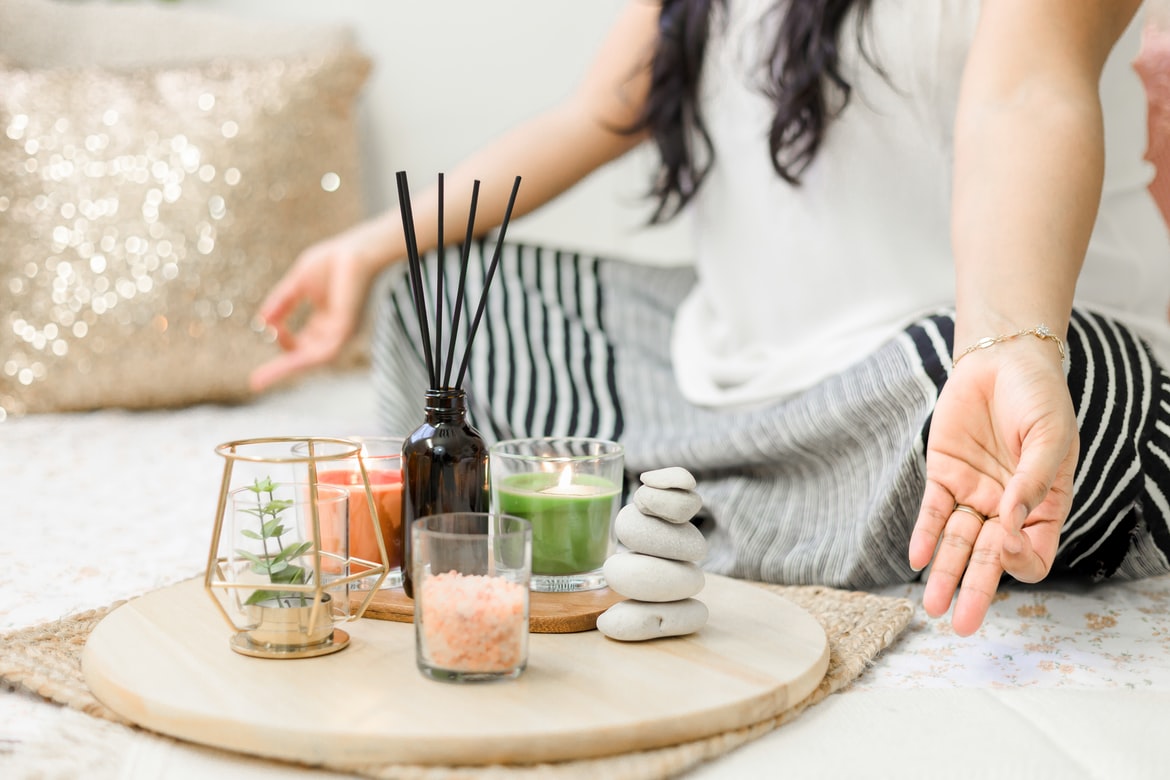
How often do you feel the need to escape from life’s daily stresses and troublesome problems that weigh you down? A meditation room will help you reconnect once again while ensuring you slip away to the land of tranquility and bathe in the glory of luxurious peace.
If you haven’t already set aside a small space, we’ll show you how to create a meditation room in your home without going too wild but rather adding a few necessary details to enhance your established space.
Whether you’ve been craving a place that will help you centralize yourself and nourish your mind, body, and soul, dedicating a small space or creating a meditation room is the best way to let yourself free, even if it is for 20 minutes or an hour or two.
There are many benefits to meditation which led to its rise in popularity over the last few years.
Not only can it help to give you a boost in emotional power but it can be vital in lowering stress and anxiety levels; two of the most important things every person is bound to experience once or more in their life.
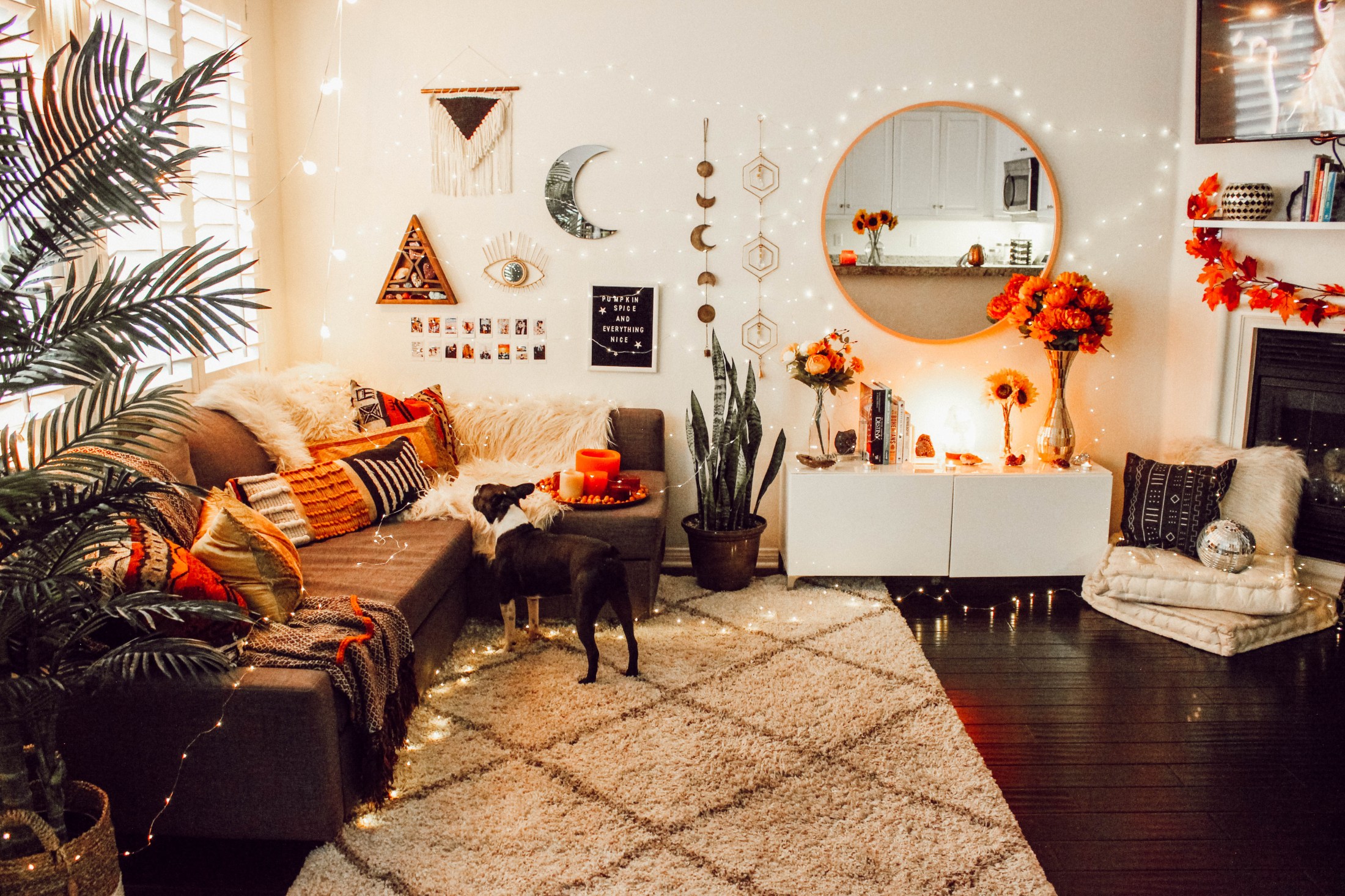
Table of Contents
1. What Does It Mean To Meditate?
Meditating is particularly great in increasing mental clarity, enhancing self-awareness while also promoting a positive attitude towards oneself but it usually takes a month or two before you feel the full effects of meditation.
For others, like myself, it’s a bit more challenging in controlling stress which is why having a meditation room or a specified space in your home to tap away from the world is vital in ensuring your well-being.
Every meditation room is similar in a few ways in which there are the key elements to creating the perfect zen but a lot of meditation rooms are designed based on personal preferences.
This is, of course, going to be a space that speaks out to you and the things you consider important but here you’ll discover a few ideas that will inspire you and how to create the meditation room of your dreams.
2. Choose a Setting: Indoors or Outdoors?
Meditations room varies from person to person. Some like to be outdoors rather than indoors while others prefer to meditate inside – it all depends on the type of person you are and of course, your likes and dislikes.
Either option is acceptable, as long as it is a place where you’ll be able to allow yourself to feel comfortable and safe from any sort of potential harm or danger.
At the end of the day, the whole point of meditating is to enter that frame of mind which will allow you to concentrate and block out the world for a few minutes or however long you choose to meditate.
Make use of a simple indoor meditation den layout that uses the bare minimum items literally anyone can put together.
You could easily pick a spot in the corner of your bedroom, set a patterned throw, towel, or mat down, and add a few items such as scented candles, clocks, and even a pot plant to help set the mood.
Also, I’d like to leave a useful tip if you experience any difficulty meditating is to light a few incense sticks.
This is a particularly great way to create a meditation room or should I say dedicating a space for meditating without actually needing to empty out a separate room in your home.
If you’re choosing to have your meditation room inside, then here are a few places that may be best suited:
- Bedroom
- Living room
- Porch
- Near a window
- A room with a natural light
3. Pick a Clean and Clutter-free Space
Have you ever noticed how you’re less productive or more stressed when an area you’re working in is cluttered with pens, papers, coffee cups, bits of small receipts, or books you don’t need?
Maybe their laundry you haven’t gotten down to yet or pillows are strewn around? Well yes, these small things will impact the way you function.
In order to relax, you need a space that will help calm your mind rather than give you reminders of all the things you need to do.
A clean place will help relax your mind, body, and soul. You will be able to meditate more easily than at other times.
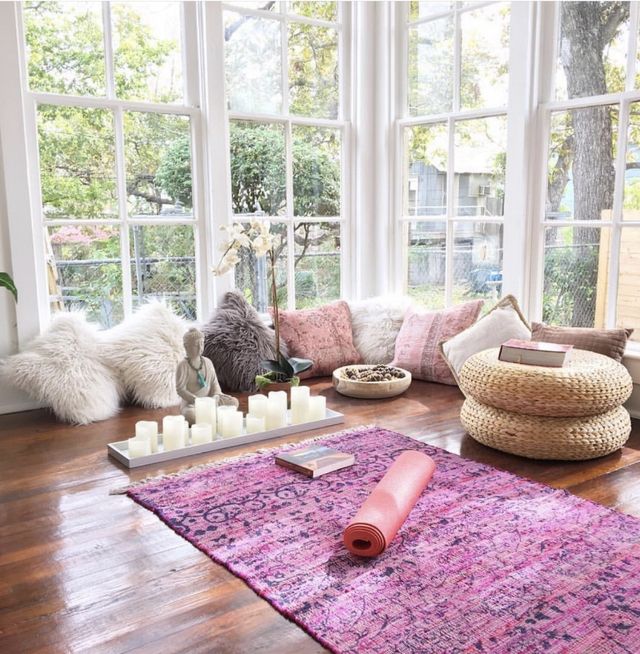
So, the first task you need to get done is to pick a clean space in your home. If there isn’t a clean, clutter-free space, then it will be in your best interest to start cleaning up the mess.
As much as I hate to clean, this, in the long run, will be highly beneficial to you.
Don’t just dump the mess into another room. Take your time to properly sort through the mess and get rid of the items you don’t need. You could also try using these storage and organization hacks if you’re struggling to create extra space.
4. Wall Colors Do Matter
According to Very Well Mind, colors can influence your moods, behaviors, feelings, and actions. Many colors will play on your emotions in which lighter colors tend to create soothing feelings while darker colors tend to feel more intense.
When you’re choosing a color, be sure to ask these two questions:
- What kind of mood do you want to achieve?
- What kind of vibe do you want to create?
When you’re picking a color, make sure that it will complement the rest of the decor.
You wouldn’t want everything to look mismatched but rather that they blend together.
This does not mean you cannot use different colored objects or patterned material if you feel it will enhance the ambiance of a room, feel free to go with it.
If you want to create a room that is cool yet has a light breezy feel to it, choosing a light-colored wall like shades of cream, white, or light blue will be your best choice.
You could always keep the walls light but choose dark colors to dress the room, this way you’ll be getting the best of both.
Here are a few colors and moods you can expect to feel with this color chart by Visual that explains it in detail:
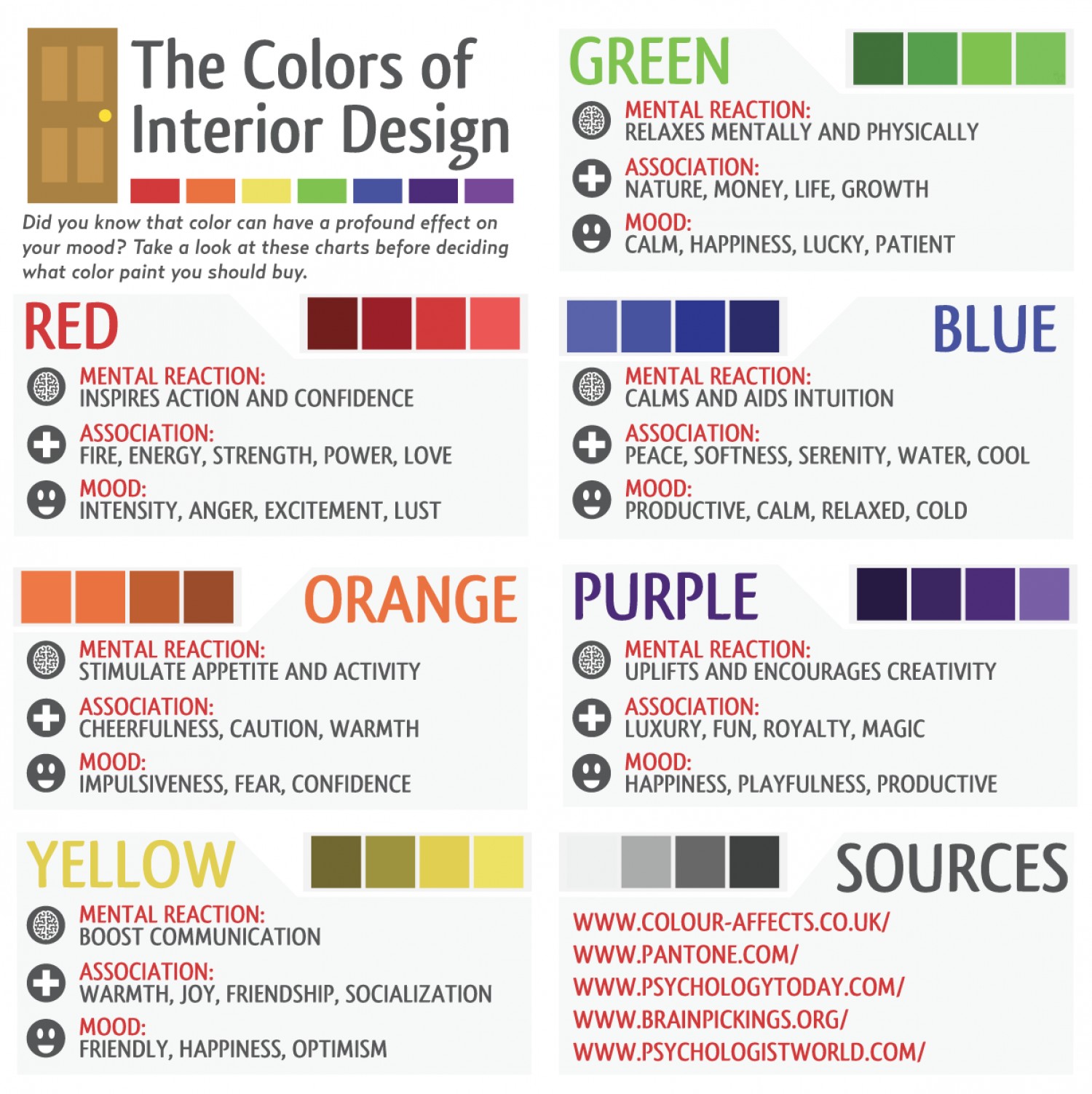
5. Choose The Right Lighting
As important as choosing the right color is, lighting will affect your experience just as much. Having a room with a window is best for meditating since this will bring in natural light, keeping your room feeling warm and cozy.
A great way for creating more natural light in a room is by using white sheer curtains as well as light furniture.
However, there are a few places where unfortunately it’s hard to have natural light in a room.
Here you’ll have to upgrade light fixtures to brighten up the room.
Depending on what mood you want to create, you’ll need different light settings to either create a warm dark room or a warm light room.
For a warm, dark space, consider using a Himalayan Salt Lamp that will provide a small source of light and boost the meditation aesthetic.
This meditation salt lamp is great for any space:

For outdoor settings, choose an area that is not in direct sunlight but has sufficient plant life and shade to make you feel relaxed. A patio, porch, or an umbrella of the sort will be the best way to avoid the harsh sunlight.
You could also create a small outdoor meditation room to feel at peace like this one.
6. Allow Fresh Air To Enter The Room
Fresh air is vital in helping you feel better and stay calm. You’ll need a room with enough fresh air to enhance and fully achieve the effects of meditation.
A few benefits of fresh air include feeling happier, giving you more energy, cleaning your lungs, improving productivity and quality of sleep, and is generally great for your overall health.
If you’re outdoors, this wouldn’t be much of a problem but if you’re in a room that is not well-ventilated or near a window, then do look into means of creating more air.
You could try using an air purifier.
7. Essential Items You Will Need For A Meditation Room
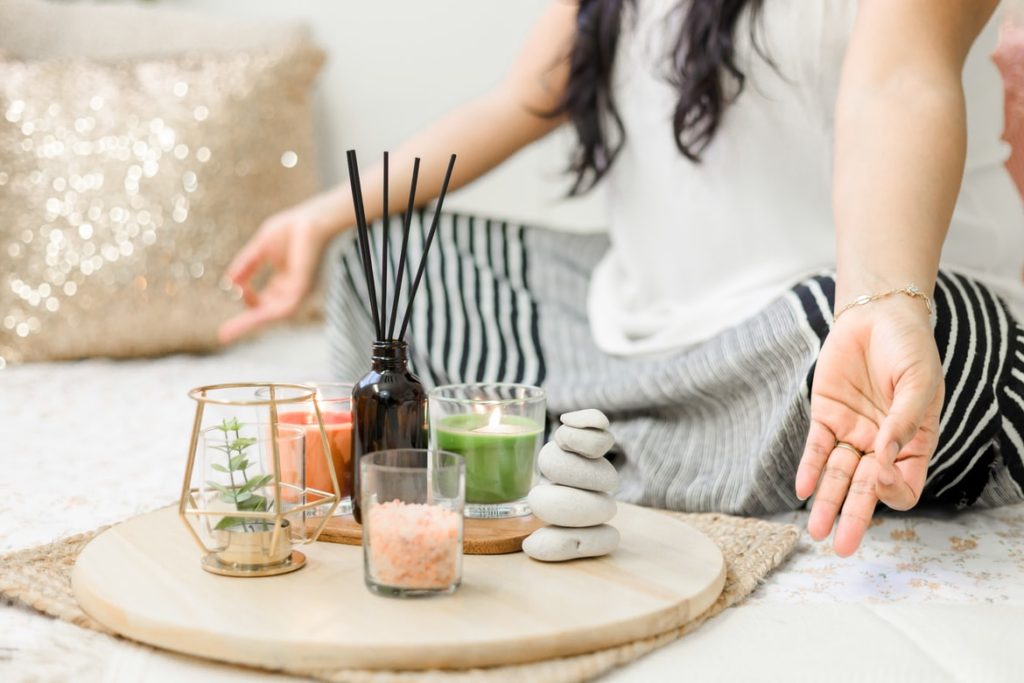
Whether you’re choosing to meditate indoors or outdoors, the most common items you’ll need are: comfy pillows, a plain or patterned rug, throw, or a yoga mat, a small desk, scented candles, incense sticks, and a few personal items like picture frames, inspirational quotes and even gemstones, crystals or anything that means a lot to you and brings out many enjoyable feelings like this simple yet beautiful arrangement.
You’ll also want to include natural elements like plants to create the perfect ambiance.
Plants that have bright flowers are always great but you could also add large plant life to make your home feel more natural.
However, make sure to remove any and all distractions that include your phone and technology. Our aim is to create a meditation room that will be free of any possible disturbance and to make this time for focusing on yourself only.
Interruptions will only make you feel frustrated and less relaxed which we want to avoid at all costs.
9. Aromatherapy Will Enhance Your Experience
Over the last few years, aromatherapy is becoming increasingly popular and we can see why.
It helps boost your meditating experience whether that’s from lighting a few scented candles, oils, or incense sticks.
Scents such as peppermint, lavender, and chamomile are great for relaxing but there are other oils you could try that will on par.
There are many benefits to aromatherapy mainly improving physical and mental stress, pain, anxiety, and sleep among many others.
But with anything new, make sure to test it out before fully immersing yourself in it.
Some of the disadvantages of aromatherapy are allergic reactions and headaches, but it is also advised to avoid aromatherapy during pregnancy in the first few months.
If you need recipes for meditation or yoga, you can try these essential oil recipes.
10. Play Soothing and Inspirational Music
The last step to creating the perfect zen is by playing inspirational and soothing music.
You’ll want to create a playlist of the best music that will make you feel like you’re floating in the air.
If piano or wave sounds aren’t what you’re looking for, then playing a soundtrack of nature like birds chirping or light rain will help you create the mood and feeling you need.
Of course, when you’re meditating, it’s not a must to include music but it will definitely help you concentrate if you’re struggling to remove any noise disturbance.
11. Conclusion
Creating a meditation room is easy enough if you know what to do.
Here we looked at ways to create a room in small spaces, the choice of indoors or outside, creating the right mood and feeling through colors and lighting, as well as elements to include when meditating.
Decide on what will make you feel most comfortable and what you’d like to include in your meditation room, pick a space in your home whether that’s the lounge or on the deck, and let your thoughts and stresses fade away.
We hoped you enjoyed learning how to create a meditation room and if you have any further questions, feel free to let us know in the comments!



